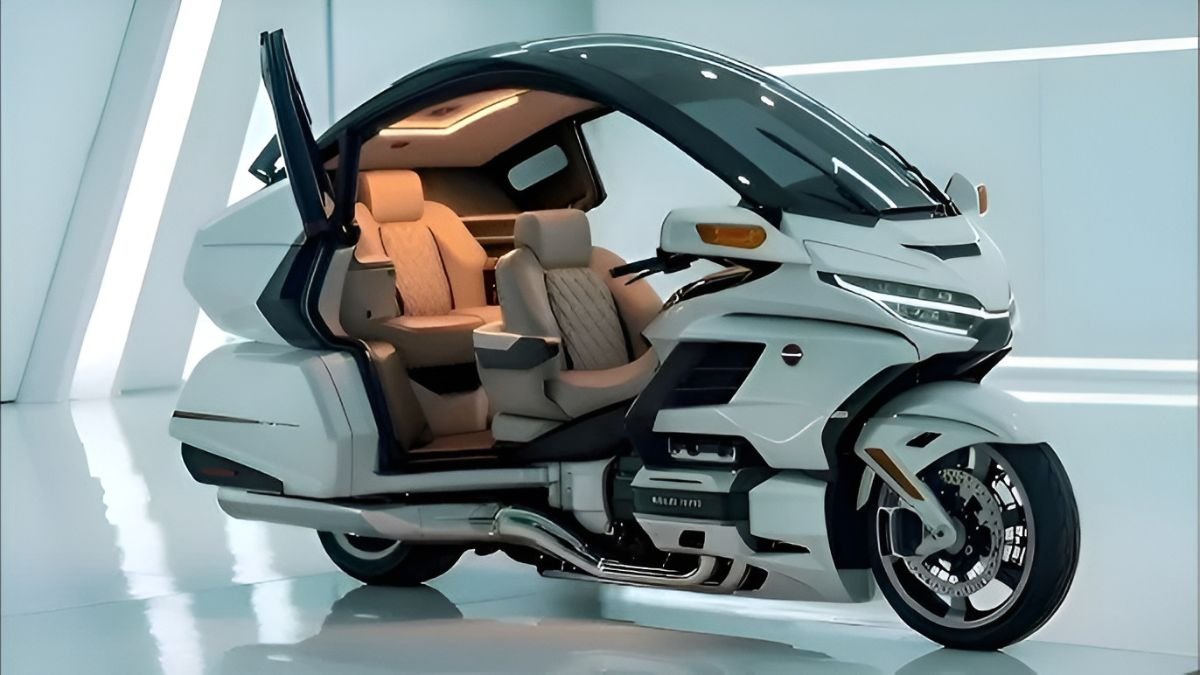
U.S. Driver’s License Rule Changes: If you’re behind the wheel in the USA or planning to hit the road this holiday season, listen up! Starting November 4, 2025, new driver’s license rules roll out nationwide with a special focus on those aged 70 and older. These changes aim to improve road safety while respecting senior drivers’ independence. Whether you’re a seasoned driver or just curious, this guide breaks down everything you need to know in a clear, conversational tone that’s easy to understand and packed with practical advice.
U.S. Driver’s License Rule Changes
The November 4, 2025 driver’s license changes mark an important step for safer roads, especially across our growing population of senior drivers. By embracing vision and cognitive tests, regular in-person renewals, and secure license technology, the system supports independence while prioritizing safety for everyone on the road. Preparing ahead, understanding your state’s specific rules, and maintaining your health and driving skills will help you breeze through renewals and keep your freedom behind the wheel.
| Aspect | Details | Why It Matters |
|---|---|---|
| Renewal Cycle | 70-79: renew every 4 years; 80-86: every 2 years; 87+: annual renewal | More frequent checks as drivers age to identify safe drivers |
| Mandatory Tests | Vision tests at each renewal, cognitive screening and road tests for older age groups | Ensures drivers meet current safety standards |
| Reporting Unsafe Drivers | Family, doctors, or law enforcement can report safety concerns | Helps detect risky drivers early for evaluation |
| License Design & Security | New anti-fraud features like digital signatures and QR codes replacing magnetic stripes | Prevents identity theft and counterfeiting |
Why U.S. Driver’s License Rule Changes Happening? The Big Picture
The U.S. Department of Transportation and state DMVs have seen an uptick in accidents involving senior drivers, often linked to vision problems, slower reflexes, and health-related issues common with aging. Instead of blanket bans based on age — which can be unfair — the new rules focus on functional ability. The idea is to ensure seniors remain safe and confident drivers through personalized assessments like vision, cognitive, and road tests. This balancing act protects all road users while allowing older adults to maintain their freedom to drive responsibly.
Detailed Breakdown: What Seniors Can Expect
Ages 70 to 79
- You must renew your license every 4 years, a shift from previously longer renewal cycles in many states.
- Each renewal requires an in-person visit to allow DMV to take updated photos, verify identity, and administer vision tests to ensure you can see the road clearly.
- This shift means you’ll visit the DMV more often, but it better monitors your ability to drive safely, detecting changes before they become serious risks.
Ages 80 to 86
- The renewal frequency tightens to every 2 years. That means seniors must be more proactive with renewals and ensure timely appointments.
- In addition to vision checks, you may need cognitive screenings to assess memory, attention span, and decision-making skills—crucial for safe driving.
- Medical evaluations from your doctor might be necessary, especially if you have conditions like diabetes, epilepsy, or heart disease, which can affect alertness and reaction.
Age 87 and Older
- Licenses must be renewed annually, reflecting an increased focus on safety as age-related impairments become more likely.
- You will likely have to take a road test in person, demonstrating your ability to handle actual driving conditions. The test may include maneuvering through traffic, obeying road signs, and parking safely.
- A doctor’s medical clearance is often required to verify that your health status supports safe driving.
- Some restrictions can be applied, such as only driving during daylight hours or avoiding highways, balancing freedom with safety.
What Happens During Renewal?
Beginning November 4, 2025, renewing your license will involve these steps tailored to your age group:
- In-Person Appearance: Seniors must personally visit the DMV to complete their renewal, allowing for direct verification of identity and health.
- Vision Test: This test is mandatory for all seniors renewing licenses to detect issues like cataracts or glaucoma which can impair driving.
- Cognitive Screening: Instituted largely for drivers over 80, this test evaluates cognitive functions relevant to driving decisions. It might be triggered by age or reports from family/doctors.
- Road Tests: Required annually for those 87 and over; sometimes for younger seniors if flagged during evaluations. These tests assess real-world driving skills under examiner supervision.
- Medical Clearance: Doctors may submit health reports, particularly for seniors with chronic conditions, ensuring physical and mental fitness.
DMVs aim to make this process respectful and clear, focusing on supporting safe driving years rather than unfairly restricting independence.
Reporting Unsafe Drivers: A Community-Driven Safety Net
Family members, caregivers, medical professionals, or police officers can report concerns about a driver’s fitness. This report triggers an evaluation by DMV specialists, potentially including:
- Additional medical reviews or tests
- Enhanced monitoring or driving restrictions
- Required license surrender if safety is severely compromised
This system isn’t designed to be punitive; it’s about protecting everyone on the road while affording drivers due process and opportunities for rehabilitation or retraining.

Modernizing Licenses: New Security and Design Features
Alongside renewal changes, many states are implementing upgraded license designs with enhanced security technologies:
- Holograms embedded within the card prevent forgeries.
- Digital security signatures replace magnetic strips, making licenses harder to counterfeit and easier to verify electronically.
- QR codes allow law enforcement and officials to swiftly validate licenses on the spot.
- States like California lead these changes, introducing visually refreshed licenses depicting natural landmarks with updated fonts, making IDs more secure yet aesthetically modern.
These changes protect you from identity theft and make license verification faster and more reliable.
Differences Among States
While federal law sets a baseline for these new rules, each state can add specific requirements:
- Some states may enforce additional cognitive or reaction time tests.
- Others might implement driving restrictions tailored to local road conditions (e.g., no highways in mountainous areas).
- Renewal fees, appointment booking processes, and timelines vary, so check your state DMV official site beforehand.
How Law Enforcement Will Use the New Rules?
Police officers will have access to updated databases tracking senior driver renewal status and restrictions. They can:
- Verify that licenses are current and test results are cleared.
- Enforce any driving limits like daylight-only permissions.
- Follow up on reports of unsafe drivers efficiently using digital license features.
This system reduces road risks and streamlines enforcement without unfair targeting of seniors.

Tips to Get Ready for Your Renewal
- Book an appointment early — DMV offices get busy with new in-person rules for seniors.
- Schedule an eye exam a few months before your license expires.
- Talk to your doctor about any health conditions that might affect your driving.
- Consider defensive driving courses; they can refresh skills, boost confidence, and sometimes lower insurance rates.
- Get familiar with your state DMV’s online services for forms and information to save time.
Federal Retirees to Get 2.8% COLA in 2026 — But Some Will See Less
















